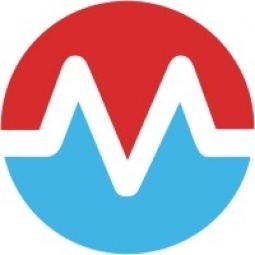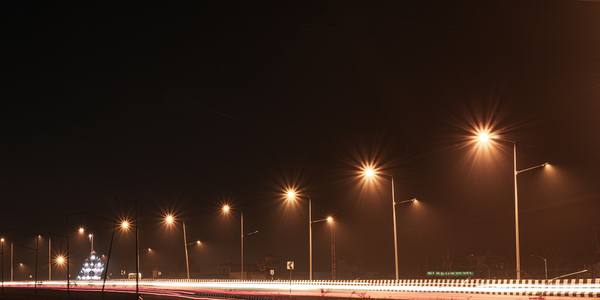Customer Company Size
Large Corporate
Region
- Europe
Country
- Germany
Product
- Morpheus multi-cloud management platform
- EMC ECS
- EMC Isilon
- VMware NSX
- OpenStack Neutron
Tech Stack
- OpenStack
- VMware
- T-Systems OTC
Implementation Scale
- Enterprise-wide Deployment
Impact Metrics
- Productivity Improvements
- Digital Expertise
Technology Category
- Platform as a Service (PaaS) - Connectivity Platforms
Applicable Industries
- Aerospace
- Cities & Municipalities
Applicable Functions
- Logistics & Transportation
- Quality Assurance
Use Cases
- Real-Time Location System (RTLS)
- Predictive Maintenance
Services
- Cloud Planning, Design & Implementation Services
- System Integration
About The Customer
EUMETSAT is an intergovernmental organization founded in 1986. The organization operates an extensive system of meteorological satellites that observe the atmosphere, ocean and land surfaces around the globe. EUMETSAT's mission is to supply weather and climate-related satellite data, images and products – 24 hours a day, 365 days a year – to the National Meteorological Services of its Member and Cooperating States in Europe, as well as other users worldwide. These services help to enhance and safeguard the daily lives of European citizens. They aid meteorologists in identifying and monitoring potentially dangerous weather situations and in issuing timely forecasts and warnings to emergency services and local authorities, helping to mitigate the effects of severe weather and protecting human life and property. This information is also critical to the safety of air travel, shipping and road traffic, and to the daily business of farming, construction and many other industries.
The Challenge
EUMETSAT, an intergovernmental organization that operates an extensive system of meteorological satellites, recognized changes in users expectations, needs, and behavior in relation to the use of its data. More users wanted to benefit from self-service provisioning and hosted services on a common data lake ideally in conjunction with their own local IT environments. These new demands, combined with EUMETSAT’s internal IT needs, resulted in the definition of two fundamental domains: mission-critical and general purpose. Both of these required external elasticity as well as an architecture that would allow a seamless user experience and access to hosted software and data services. To achieve this, EUMETSAT needed the flexibility to bridge a wide range of clouds, tools, vendors, and platforms.
The Solution
EUMETSAT initiated a multi-phase program to define needs across mission-critical and scientific oriented use cases, assess services and technology requirements, and develop an operational roadmap for service delivery. This work kicked off a search for a multi-cloud management and orchestration platform that could unify a broad set of technologies and serve as the low barrier entry point for the autonomous and elastic self-service environment users had been longing for. EUMETSAT evaluated a wide array of vendors and selected Morpheus Data because they ensured their highest probability for success by blending proven enterprise-class capabilities with the agile response of a DevOps startup. EUMETSAT’s multi-cloud management solution includes the Morpheus multi-cloud management platform and complimentary technologies from partners such as T-Systems, Dell EMC, and VMware.
Operational Impact

Case Study missing?
Start adding your own!
Register with your work email and create a new case study profile for your business.
Related Case Studies.

Case Study
Turning A Stadium Into A Smart Building
Honeywell created what it called the “intelligent system” for the National Stadium in Beijing, China, turning the venue for the opening and closing events at the 2008 Summer Olympics into a “smart building.” Designed by highly controversial artist Ai Weiwei, the “Bird’s Nest” remains one of the most impressive feats of stadium architecture in the world. The 250,000 square meter structure housed more than 100,000 athletes and spectators at a time. To accommodate such capacity, China turned to Honeywell’s EBI Integrated Building Management System to create an integrated “intelligent system” for improved building security, safety and energy efficiency.
.png)
Case Study
Smart Street Light Network (Copenhagen)
Key stakeholders are taking a comprehensive approach to rethinking smart city innovation. City leaders have collaborated through partnerships involving government, research institutions and solution providers. The Copenhagen Solutions Lab is one of the leading organizations at the forefront of this movement. By bringing together manufacturers with municipal buyers, the Copenhagen Solutions Lab has catalyzed the development and deployment of next-generation smart city innovations. Copenhagen is leveraging this unique approach to accelerate the implementation of smart city solutions. One of the primary focus areas is LED street lighting.
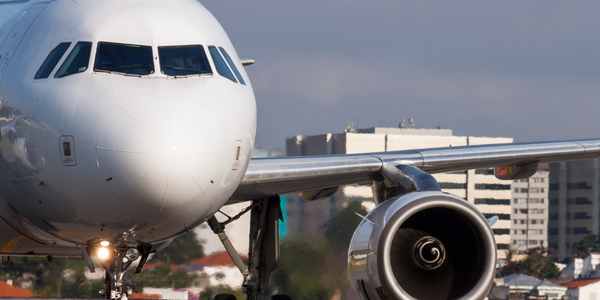
Case Study
Airbus Soars with Wearable Technology
Building an Airbus aircraft involves complex manufacturing processes consisting of thousands of moving parts. Speed and accuracy are critical to business and competitive advantage. Improvements in both would have high impact on Airbus’ bottom line. Airbus wanted to help operators reduce the complexity of assembling cabin seats and decrease the time required to complete this task.
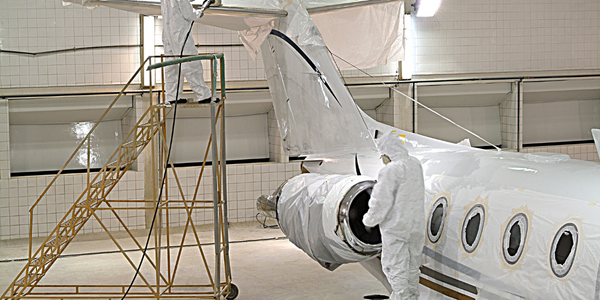
Case Study
Aircraft Predictive Maintenance and Workflow Optimization
First, aircraft manufacturer have trouble monitoring the health of aircraft systems with health prognostics and deliver predictive maintenance insights. Second, aircraft manufacturer wants a solution that can provide an in-context advisory and align job assignments to match technician experience and expertise.
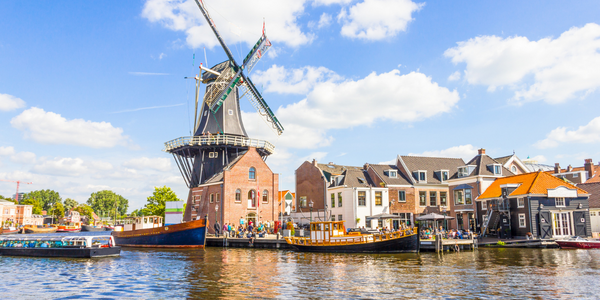
Case Study
Buoy Status Monitoring with LoRa
The Netherlands are well-known for their inland waterways, canals, sluices and of course port activities. The Dutch Ministry of Infrastructure indicates that there are thousands of buoys and fixed items in and near water environments that would profit from IoT monitoring. One of the problems with buoys for example, is that they get hit by ships and the anchor cable breaks. Without connectivity, it takes quite some time to find out that something has happened with that buoy. Not to mention the costs of renting a boat to go to the buoy to fix it. Another important issue, is that there is no real-time monitoring of the buoys at this moment. Only by physically visiting the object on the water, one gains insight in its status.




